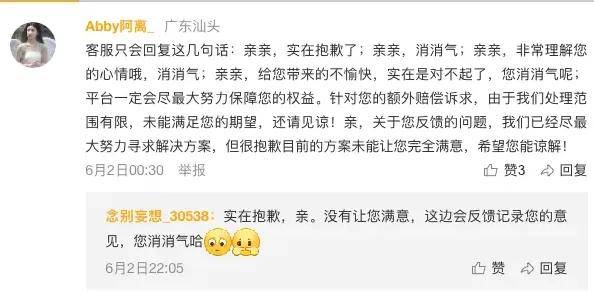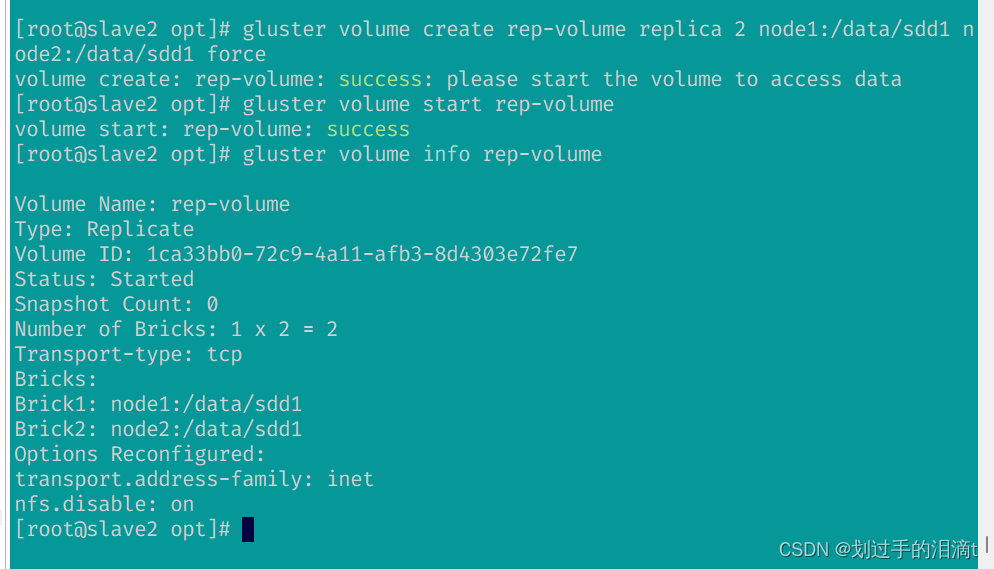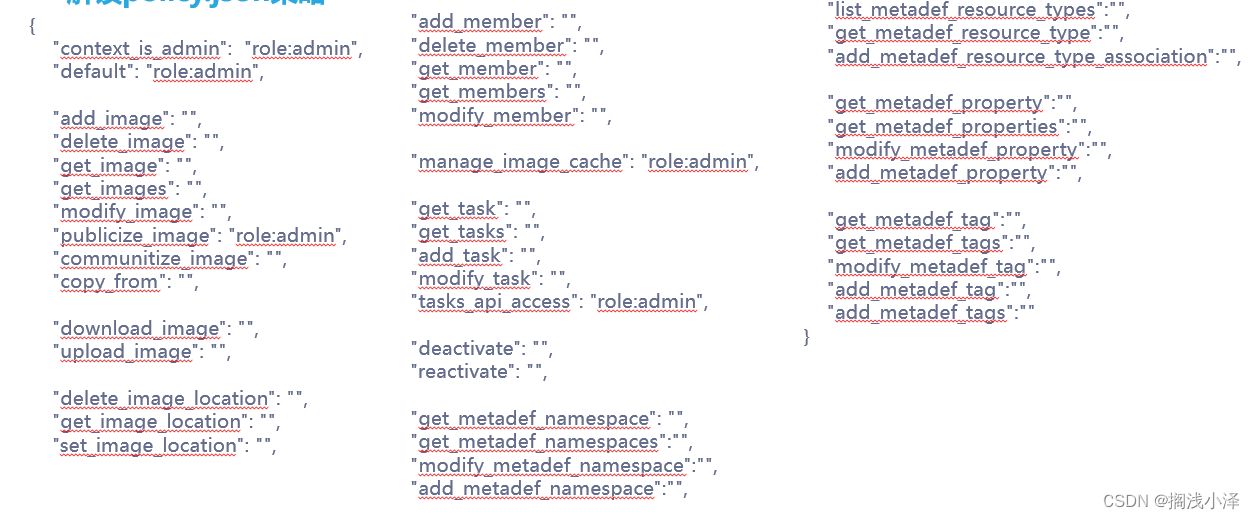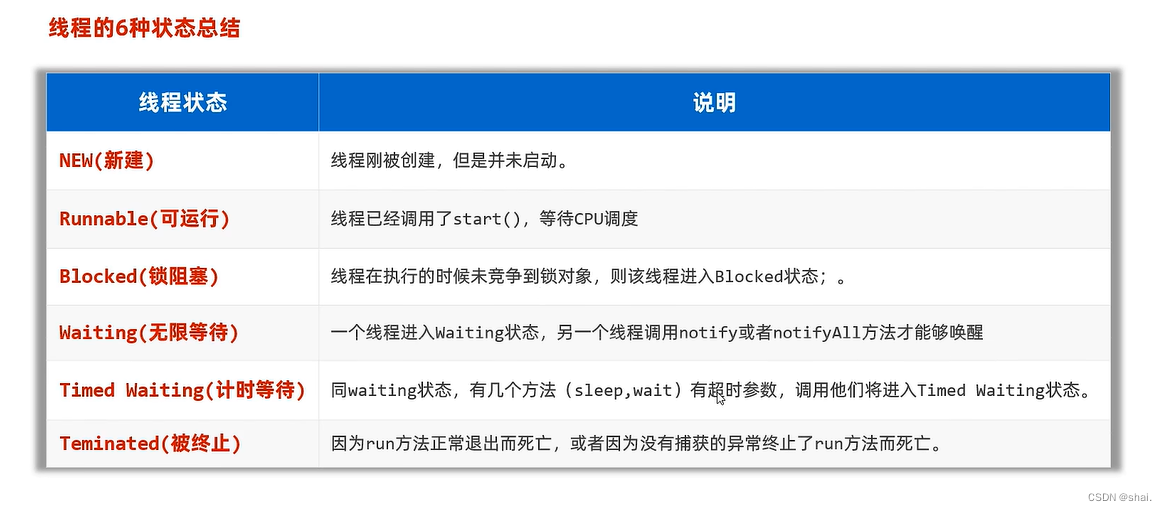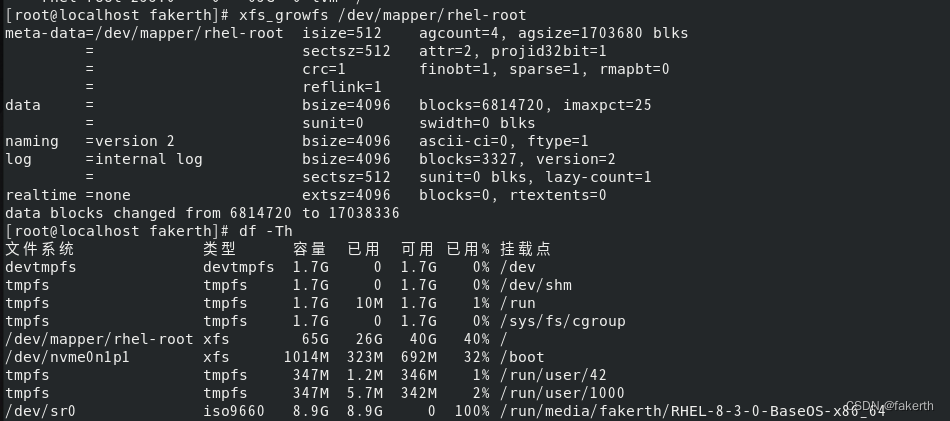🔥博客主页: 【小扳_-CSDN博客】
❤感谢大家点赞👍收藏⭐评论✍


文章目录
1.0 Spring Cache 概述
1.1 Spring Cache 具体使用
1.1.1 引入依赖
1.1.2 Spring Cache 相关注解的介绍
2.0 Spring Task 概述
2.1 cron 表达式
2.2 Spring Task 使用步骤
3.0 WebSocket 概述
3.1 WebSocket 与 HTTP 的区别
3.2 WebSocket 实现定时给客户端推送数据任务的步骤
1.0 Spring Cache 概述
Spring Cache 是 Spring 框架通过对方法调用结果进行缓存管理的技术。Spring Cache 提供了一种简单易用的方法来减少方法的调用时间,提高系统性能。
Spring Cache 通过将方法调用的结果缓存在缓存中,下次再次调用该方法时,直接从缓存中取数据,避免了重复计算,减少了系统的负担和资源消耗。
Spring Cache 支持多种缓存提供器,包括 Ehcache、Guava Cache、Caffeine、Redis等,开发者可以根据实际需求选择合适的缓存提供器来进行缓存管理。
简单来说,Spring Cache 是一个框架,实现了基于注解的缓存功能,只需要简单地加一个注解,就能实现缓存功能。Spring Cache 提供了一层抽象,底层可以切换不同的缓存实现。
1.1 Spring Cache 具体使用
1.1.1 引入依赖
引入 Spring Cache 的依赖:
<dependency><groupId>org.springframework.boot</groupId><artifactId>spring-boot-starter-cache</artifactId></dependency>
还需引入缓存中间件的依赖,这里使用的是 Redis 的中间件:因此引入 Redis 的依赖
<dependency><groupId>org.springframework.boot</groupId><artifactId>spring-boot-starter-data-redis</artifactId></dependency>
接着就要在 application.yml 配置文件中配置 Redis 相关的信息:
redis:host: localhostport: 6379password: 123456database: 0
1.1.2 Spring Cache 相关注解的介绍
提供了几个常用的注解来管理方法调用的结果缓存。
1)@EnableCacheing:开启缓存注解功能,通常加在启动类上。
代码演示:
2)@Cacheable:在方法执行前先查询缓存中是否有数据,如果有数据,则直接返回缓存数据;如果没有缓存数据,则会调用方法并将方法的返回值放到缓存中。
代码演示:
举个例子:根据 id 来查询用户信息,当前的 Redis 中是不存在用户信息的。
现在要根据 id 查询用户信息,首先会查询缓冲中是否有相关的数据,如果没有就会到数据库中进行查询相关的数据:
@Autowiredprivate UserMapper userMapper;@GetMapping@Cacheable(cacheNames = "user",key = "#id")public User getById(Long id){User user = userMapper.getById(id);return user;}
使用 Postman 发送请求:
当请求发送到服务端,先根据 (cacheNames = "user",key = "#id") 查询 Redis 缓存是否存在相应的数据,当前是第一次查询,因此缓存不存在相应的数据,所以会到数据库中查询数据,查询之后,会将结果自动放入到 Redis 缓存中,那么下一次查询相同的数据,就会直接从 Redis 缓存中获取到。
第一次查询之后,Redis 缓存中的数据:
3)@CachePut:将方法的返回值放到缓存中。
举个例子:新增的用户数据之后,就可以直接将数据放入到 Redis 缓存中。
代码演示:
@Autowiredprivate UserMapper userMapper;@PostMapping@CachePut(cacheNames = "user",key = "#user.id")public User save(@RequestBody User user){userMapper.insert(user);return user;}
使用 Postman 发送请求:
当发送请求之后,服务端就会给数据添加到数据库中,接着将返回值放到 Redis 缓存中来。
新增完之后的 Redis:
4)@CacheEvict:将一条或多条数据从缓存中删除。
举个例子:
删除一条数据:当从数据库中删除用户的数据,那么缓存中的该用户的数据也要删除。
代码演示:
@Autowiredprivate UserMapper userMapper;@DeleteMapping@CacheEvict(cacheNames = "user",key = "#id")public void deleteById(Long id){userMapper.deleteById(id);}
使用 Postman 来发送请求:
删除之前的 Redis 的数据:
删除之后的 Redis 的数据:
删除多条数据:删除 user/ 下的全部数据。
代码演示:
@Autowiredprivate UserMapper userMapper;@DeleteMapping("/delAll")@CacheEvict(cacheNames = "user",allEntries = true)public void deleteAll(){userMapper.deleteAll();}
2.0 Spring Task 概述
Spring Task 是 Spring 框架提供的任务调度工具,可以按照约定时间自动指定某个代码逻辑。
2.1 cron 表达式
cron 表达式其实就是一个字符串,通过 cron 表达式可以定义任务触发的时间,构成规则:分为 6 或 7 个域,由空格分隔开,每个域代表一个含义。每个域的含义分别为:秒、分钟、小时、日、月、周、年(可选)。
举个例子:2024年6月16日上午10点整对应的 cron 表达式:0 0 10 16 6 ?2024
1)可以使用工具来根据需求来生成相应的 cron
cron 表达式在线生成器:Cron - 在线Cron表达式生成器 (ciding.cc)
相关的说明:
2.2 Spring Task 使用步骤
1)导入 maven 坐标
包含在 Spring-boot-starter jar 包中,因此不需要引入额外的 jar 包了。
2)启动类添加注解 @EnableScheduling 开启任务调度
3)自定义定时任务类
import lombok.extern.slf4j.Slf4j; import org.springframework.scheduling.annotation.Scheduled; import org.springframework.stereotype.Component;import java.util.Date;@Component @Slf4j public class MyTask {@Scheduled(cron = "0/5 * * * * ? ")public void runTask(){log.info("定时任务开始执行:{}",new Date()); }}
定义一个定时类,该类需要交给 Spring 容器管理,因此需要加上 @Component 注解。在类中定义的方法为:需要定时执行的具体任务,通过 @Scheduled(cron = "") 注解来指定具体的时间。
运行结果:
3.0 WebSocket 概述
WebSocket 是一种基于 TCP 协议的网络通信协议,可以实现客户端和服务器之间双向通信。相对于传统的 HTTP 协议,WebSocket 具有更低的延迟和更少的网络开销。通过 WebSocket,客户端和服务器可以建立持久性的连接,实现实时的双向数据传输,而无需每次请求都建立新的连接。
WebSocket 是基于 TCP 的一种新的网络协议。它实现了浏览器与服务器全双工通信,浏览器和服务器只需要完成一次握手,两者之间就可以创建持久性的连接,并进行双向数据传输。
3.1 WebSocket 与 HTTP 的区别
总的来说:
HTTP 是短连接。
WebSocket 是长连接。
HTTP 通信是单向的,基于请求响应模式。
WebSocket 支持双向通信。
HTTP 与 WebSocket 底层都是 TCP 连接。
3.2 WebSocket 实现定时给客户端推送数据任务的步骤
1)客户端浏览器发送一次握手请求给服务端来请求建立联系。
主要分为三个部分:
第一部分:向服务器发送建立连接请求。
var websocket = null;var clientId = Math.random().toString(36).substr(2);//判断当前浏览器是否支持WebSocketif('WebSocket' in window){//连接WebSocket节点websocket = new WebSocket("ws://localhost:8080/ws/"+clientId);}else{alert('Not support websocket')}
通过 new WebSocket("请求的路径") 来请求与服务端建立联系。
第二部分:回调函数
自动调用的函数,比如说:当服务端发送的消息,那么客户端就会自动调用接收信息的函数。
//连接发生错误的回调方法websocket.onerror = function(){setMessageInnerHTML("error");};//连接成功建立的回调方法websocket.onopen = function(){setMessageInnerHTML("连接成功");}//接收到消息的回调方法websocket.onmessage = function(event){setMessageInnerHTML(event.data);}//连接关闭的回调方法websocket.onclose = function(){setMessageInnerHTML("close");}
第三部分:客户端调用的函数
客户端手动调用的函数,比如说:发送消息给服务端。
//监听窗口关闭事件,当窗口关闭时,主动去关闭websocket连接,防止连接还没断开就关闭窗口,server端会抛异常。window.onbeforeunload = function(){websocket.close();}//将消息显示在网页上function setMessageInnerHTML(innerHTML){document.getElementById('message').innerHTML += innerHTML + '<br/>';}//发送消息function send(){var message = document.getElementById('text').value;websocket.send(message);}//关闭连接function closeWebSocket() {websocket.close();}
完整的客户端前端代码:
<!DOCTYPE HTML> <html> <head><meta charset="UTF-8"><title>WebSocket Demo</title> </head> <body><input id="text" type="text" /><button onclick="send()">发送消息</button><button onclick="closeWebSocket()">关闭连接</button><div id="message"></div> </body> <script type="text/javascript">var websocket = null;var clientId = Math.random().toString(36).substr(2);//判断当前浏览器是否支持WebSocketif('WebSocket' in window){//连接WebSocket节点websocket = new WebSocket("ws://localhost:8080/ws/"+clientId);}else{alert('Not support websocket')}//连接发生错误的回调方法websocket.onerror = function(){setMessageInnerHTML("error");};//连接成功建立的回调方法websocket.onopen = function(){setMessageInnerHTML("连接成功");}//接收到消息的回调方法websocket.onmessage = function(event){setMessageInnerHTML(event.data);}//连接关闭的回调方法websocket.onclose = function(){setMessageInnerHTML("close");}//监听窗口关闭事件,当窗口关闭时,主动去关闭websocket连接,防止连接还没断开就关闭窗口,server端会抛异常。window.onbeforeunload = function(){websocket.close();}//将消息显示在网页上function setMessageInnerHTML(innerHTML){document.getElementById('message').innerHTML += innerHTML + '<br/>';}//发送消息function send(){var message = document.getElementById('text').value;websocket.send(message);}//关闭连接function closeWebSocket() {websocket.close();} </script> </html>
2)导入 WebSocket 的 maven 坐标。
<dependency><groupId>org.springframework.boot</groupId><artifactId>spring-boot-starter-websocket</artifactId></dependency>
3)导入 WebSocket 服务端组件 WebSocketServer,用于和客户端进行通信。
当有客户端发送请求建立连接时,服务端就会通过 @ServerEndpoint("/ws/{sid}") 注解来接收到请求。由于发送请求的客户端不止一个,所以需要用到 map 集合来接收 session 即会话对象。
/*** WebSocket服务*/ @Component @ServerEndpoint("/ws/{sid}") public class WebSocketServer {//存放会话对象private static Map<String, Session> sessionMap = new HashMap();}
同样的,服务端也会存在一些回调函数,比如说,当客户端发送消息给服务端,服务端就会自动接收到消息。
@OnOpenpublic void onOpen(Session session, @PathParam("sid") String sid) {System.out.println("客户端:" + sid + "建立连接");sessionMap.put(sid, session);}/*** 收到客户端消息后调用的方法** @param message 客户端发送过来的消息*/@OnMessagepublic void onMessage(String message, @PathParam("sid") String sid) {System.out.println("收到来自客户端:" + sid + "的信息:" + message);}/*** 连接关闭调用的方法** @param sid*/@OnClosepublic void onClose(@PathParam("sid") String sid) {System.out.println("连接断开:" + sid);sessionMap.remove(sid);}
也会存在一些手动调用的函数,比如:发送消息给客户端。
/*** 群发** @param message*/public void sendToAllClient(String message) {Collection<Session> sessions = sessionMap.values();for (Session session : sessions) {try {//服务器向客户端发送消息session.getBasicRemote().sendText(message);} catch (Exception e) {e.printStackTrace();}}}
完整的服务端代码:
import org.springframework.stereotype.Component; import javax.websocket.OnClose; import javax.websocket.OnMessage; import javax.websocket.OnOpen; import javax.websocket.Session; import javax.websocket.server.PathParam; import javax.websocket.server.ServerEndpoint; import java.util.Collection; import java.util.HashMap; import java.util.Map;/*** WebSocket服务*/ @Component @ServerEndpoint("/ws/{sid}") public class WebSocketServer {//存放会话对象private static Map<String, Session> sessionMap = new HashMap();/*** 连接建立成功调用的方法*/@OnOpenpublic void onOpen(Session session, @PathParam("sid") String sid) {System.out.println("客户端:" + sid + "建立连接");sessionMap.put(sid, session);}/*** 收到客户端消息后调用的方法** @param message 客户端发送过来的消息*/@OnMessagepublic void onMessage(String message, @PathParam("sid") String sid) {System.out.println("收到来自客户端:" + sid + "的信息:" + message);}/*** 连接关闭调用的方法** @param sid*/@OnClosepublic void onClose(@PathParam("sid") String sid) {System.out.println("连接断开:" + sid);sessionMap.remove(sid);}/*** 群发** @param message*/public void sendToAllClient(String message) {Collection<Session> sessions = sessionMap.values();for (Session session : sessions) {try {//服务器向客户端发送消息session.getBasicRemote().sendText(message);} catch (Exception e) {e.printStackTrace();}}}}
4)导入配置类 WebSocketConfiguration,注册 WebSocket 的服务端组件。
import org.springframework.context.annotation.Bean; import org.springframework.context.annotation.Configuration; import org.springframework.web.socket.server.standard.ServerEndpointExporter;/*** WebSocket配置类,用于注册WebSocket的Bean*/ @Configuration public class WebSocketConfiguration {@Beanpublic ServerEndpointExporter serverEndpointExporter() {return new ServerEndpointExporter();}}
5)导入定时任务类 WebSocketTask,定时向客户端推送数据。
import com.itheima.WebSocket.WebSocketServer; import org.springframework.beans.factory.annotation.Autowired; import org.springframework.scheduling.annotation.Scheduled; import org.springframework.stereotype.Component; import java.time.LocalDateTime; import java.time.format.DateTimeFormatter;@Component public class WebSocketTask {@Autowiredprivate WebSocketServer webSocketServer;/*** 通过WebSocket每隔5秒向客户端发送消息*/@Scheduled(cron = "0/5 * * * * ?")public void sendMessageToClient() {webSocketServer.sendToAllClient("这是来自服务端的消息:" + DateTimeFormatter.ofPattern("HH:mm:ss").format(LocalDateTime.now()));} }
运行结果:



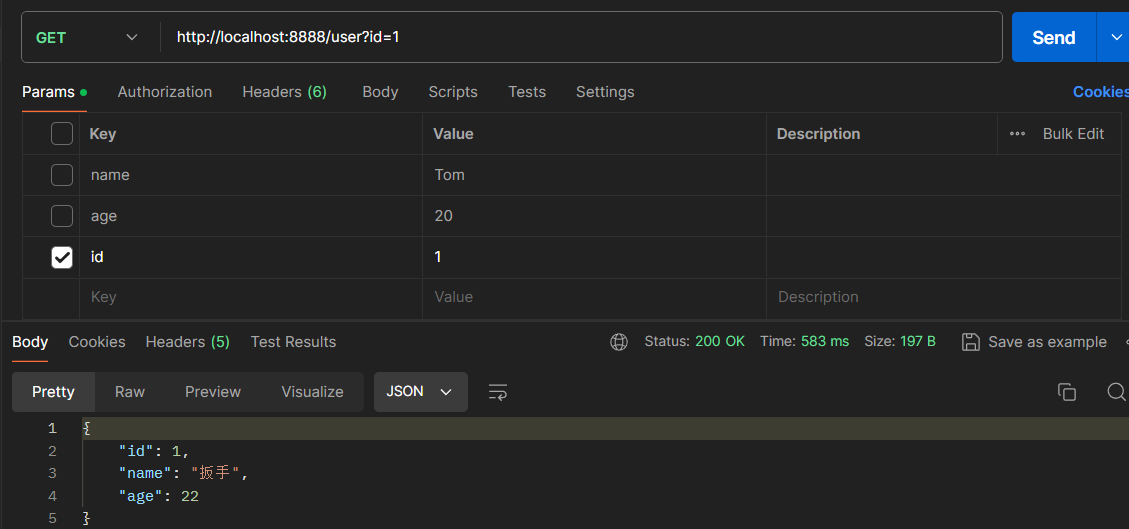







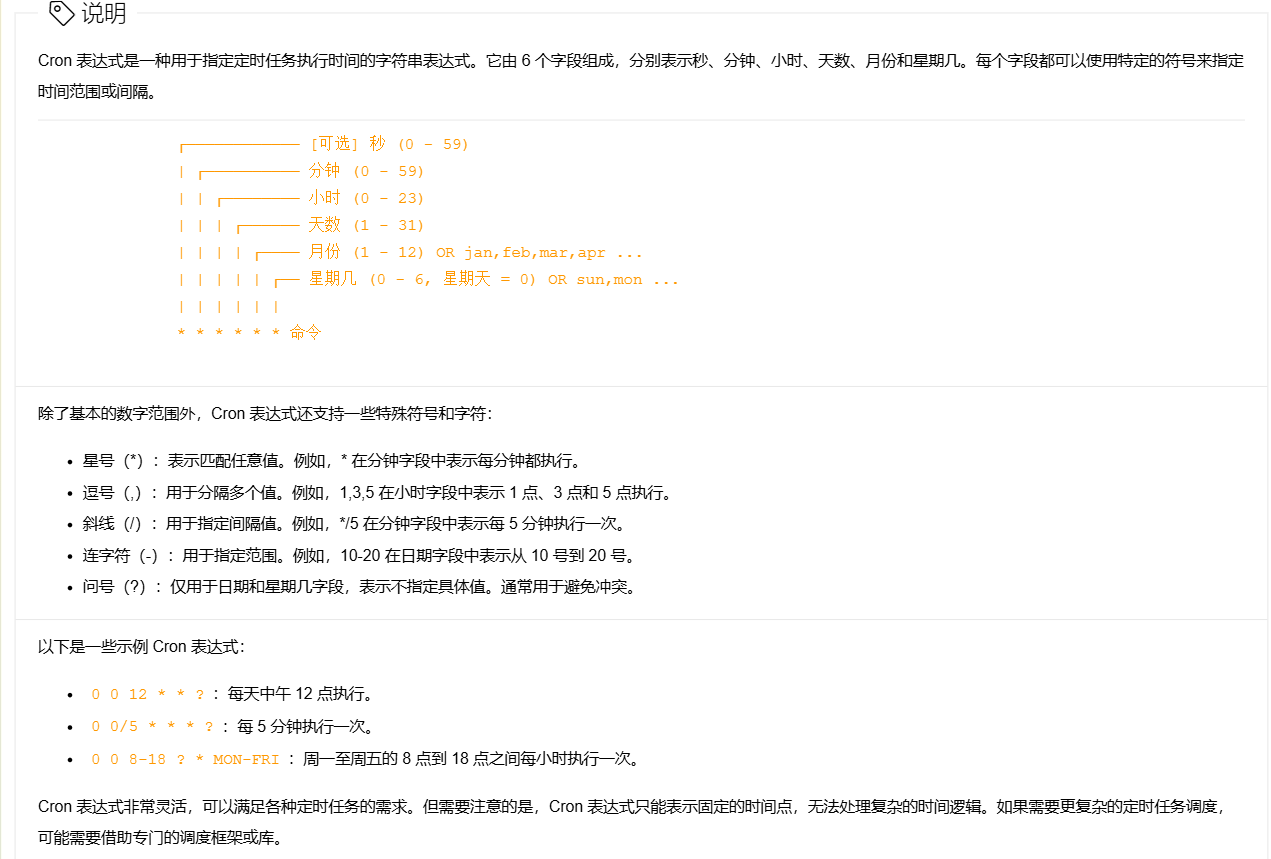

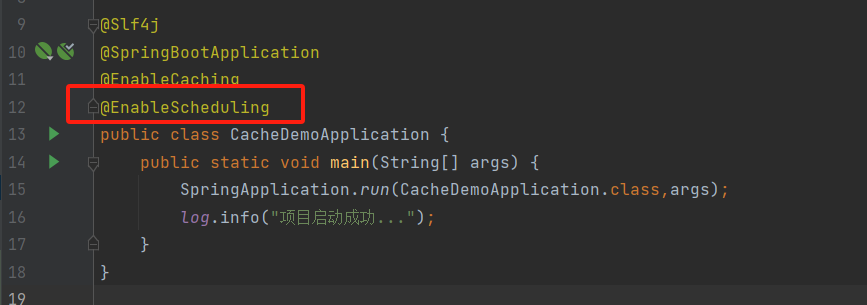


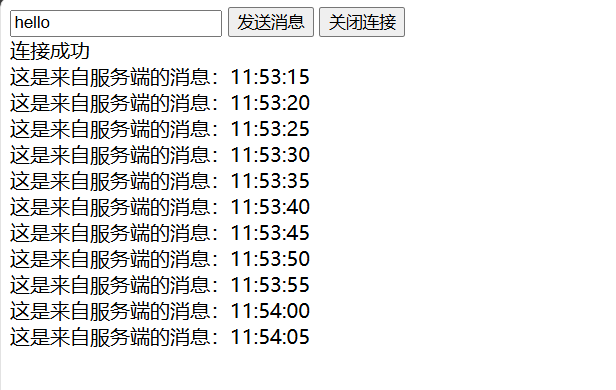


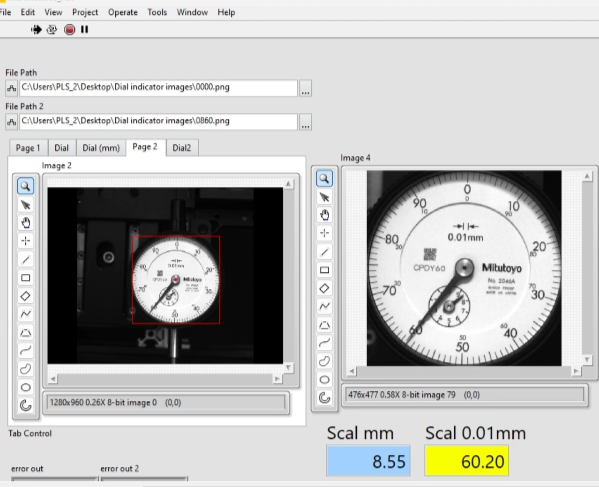





![[Linux] 历史根源](https://img-blog.csdnimg.cn/direct/040a034bd0214b4f9ae4a38ab5dd06df.png)

